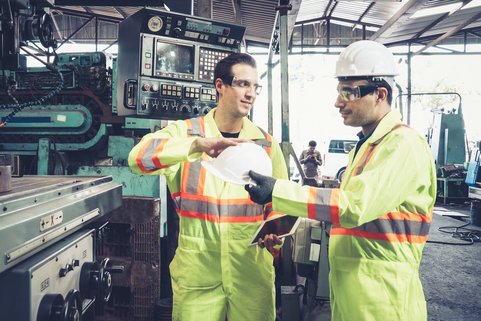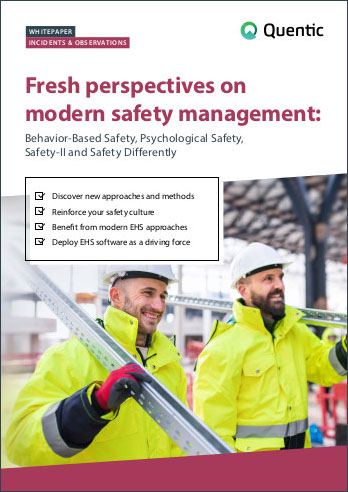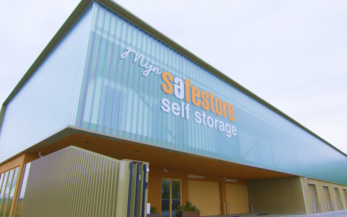5 minutes 03/06/2023
From the uncertainty of energy supplies, a severe cost-of-living crisis and supply chain disruptions to the war in Ukraine, climate change and the lingering effects of the Covid-19 pandemic, the world is currently facing multiple crises. These issues are filling people with worry and anxiety that they naturally cannot just put aside when they come to work.
Your employees will continue to experience these strains on their mental health as they perform their jobs. The consequences include distraction from the task at hand and reduced ability to concentrate. Worried people soon find themselves thinking about other things – and not on safe work practices or preventing workplace accidents. This distraction increases the risk of increased accident rates and unsafe behaviors.









